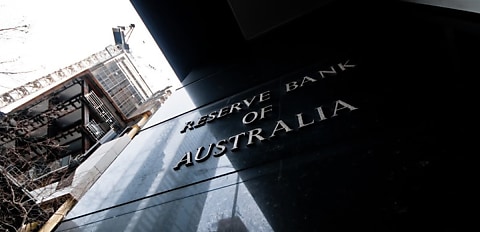Co-portfolio manager of T. Rowe Price, Scott Solomon, has shed light on the Reserve Bank of Australia’s (RBA) current dilemma and why rate cuts “may not help” the situation.
Solomon said that the second half of 2024 is “poised to have a pivotal impact on Australia for the rest of the decade”.
“Australia continues to struggle with wealth inequality, which has manifested itself through deteriorating housing affordability,” he said.
“While overall GDP growth shows improvement, per capita growth is negative. For example, under normal conditions a strong housing market translates to strong lending and construction markets.
“However, the unique nature of this cycle has not seen this transpire.”
As a result, Solomon said that this has translated to a “very difficult job for the RBA” as it tries to “thread the needle” of reigning in inflation while also attempting to limit excessive pressures on “undoubtedly weak” consumers and households.
“And these impacts are negatively skewed towards younger Australians who on balance own homes at a much lower rate than their parents,” Solomon said.
However, Solomon highlighted a silver lining in the country’s inflationary pressures, saying that it does appear to be “waning” and estimated that it will fall into the RBA’s target range of 2–3 per cent about a quarter before the RBA’s forecast.
“The RBA is unlikely to hike,” he said.
“While we don’t expect governor Michele Bullock to commit to cuts, it’s unlikely she does much to push back against them. The rest of her global central bank counterparts are dovish – peer pressure is tough to avoid.”
Indeed, Bullock has gone to great pains to convey that the board is not considering a rate hike in the near term (as Bullock describes, around the next six months); however, this was slightly conflicted by the board’s continued language of “not ruling in or anything out”.
Moreover, the RBA’s patience may be being tested by sticky inflation as revealed in the minutes of the August monetary policy meeting, which outlined that members have assessed that the risk of inflation not returning to the target band within a reasonable time frame has increased.
Nevertheless, as other central banks are poised to begin lowering rates, this supposed “peer pressure” may force the RBA to follow suit.
Solomon said: “Globally, growth has slowed, and central banks are at the early stages of a cutting cycle.
“We expect less cuts than what is currently priced as even slight rate adjustments may quickly translate to growth.
“We are not in a financial crisis: growth has been driven by government spending instead of increases in credit.
“The concern is that this is only temporary. The problems of wealth inequality in Australia appear structural and are not going away without some sort of changes from government policy. It’s clear the RBA has recognised this and has noted several times they can’t tackle it alone.”
[RELATED: Is the RBA growing impatient in the fight against inflation?]

